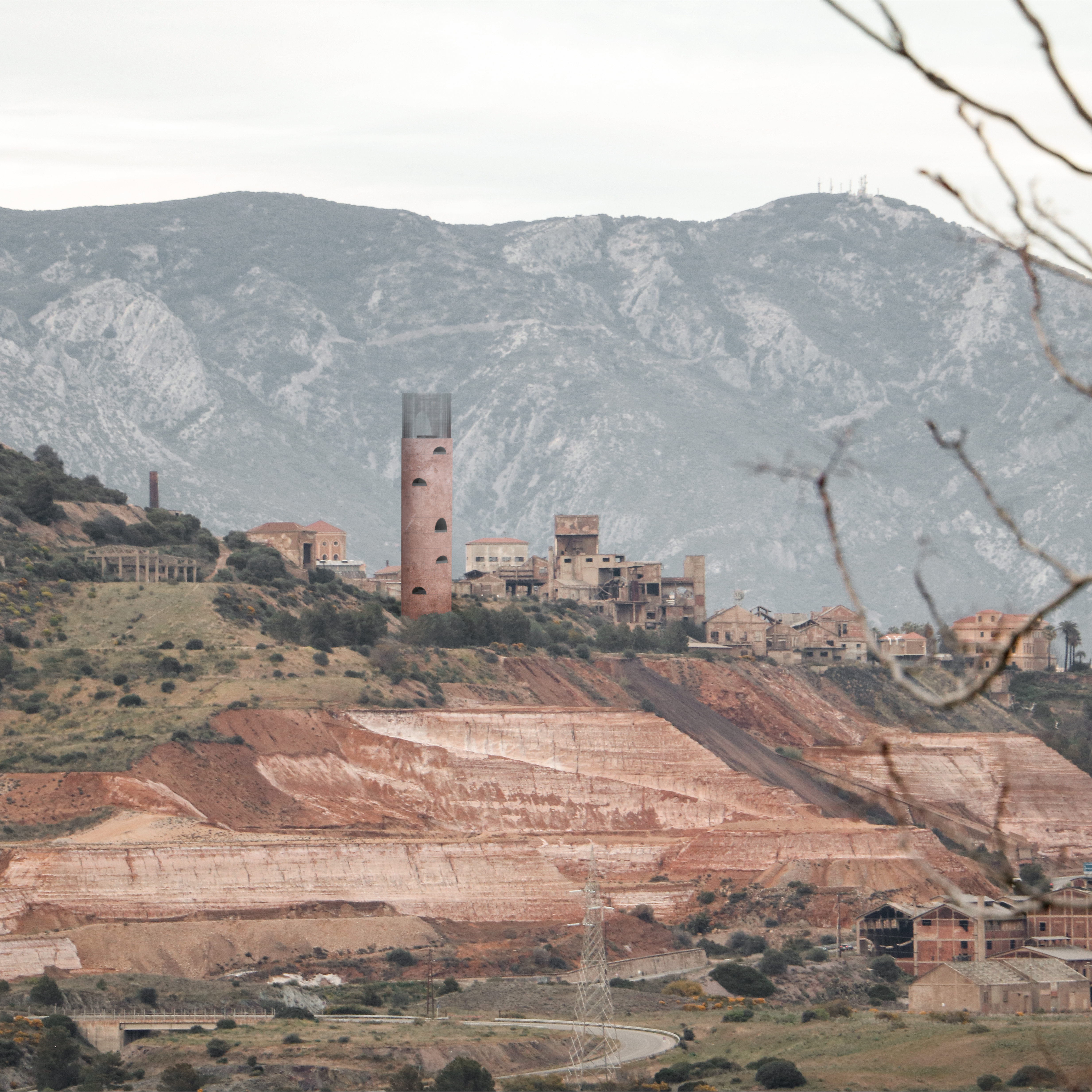
Recycle. Systems and circular economies for the post-mining landscape
Mining Landscapes
University of Cagliari_Faculty of Engineering and Architecture
Sardinia, a land of ancient origins and ancient uses, has seen over its life different types of production: from agriculture to industry, each of them has always left its mark on the territory. The mining scars left in the last 150 are emblematic, like the ones in Monteponi: its red mud, a landscape element as fascinating as dangerous, witnesses a past of rich production that has now left a void in the economy of a territory which is now struggling to start again. The mines are the evidence of an incompatibility between infinite growth and exhaustible resources, made even stronger by the affirmation, until today, of a linear type of production model: a straight line in which natural resources, through a process of extraction, processing and consumption, become waste to be disposed of. In recent years, therefore, there is much talk about the need to totally change the production system, moving from a linear model to a circular model. The circular model is the “closure of the circle”. It means that right from the design step of products and services, attention must be paid in reusing natural resources so that, at the end of the product’s life, they can be recovered and used in other production cycles. In a small reality like Sardinian one, the circular model becomes an opportunity for restarting and connecting production chains, which can be generated precisely from waste: giving shape to waste to make landmarks out of them, to identify the presence of a network of secondary raw materials, serving a new productive landscape. Among these towers, the mining ones are the only ones to constitute themselves as a real administrative, laboratory and exhibition buildings, precisely where the production scar was deeper, due to the mining modifications.
